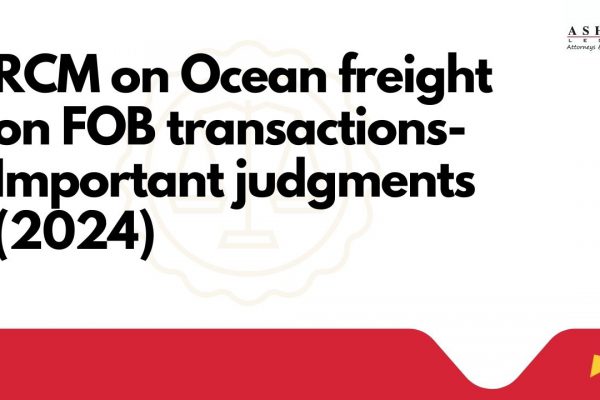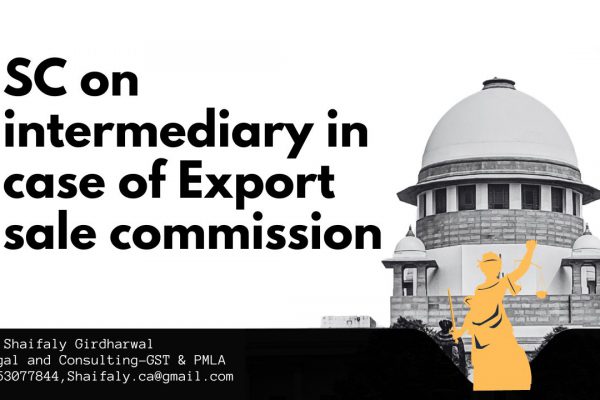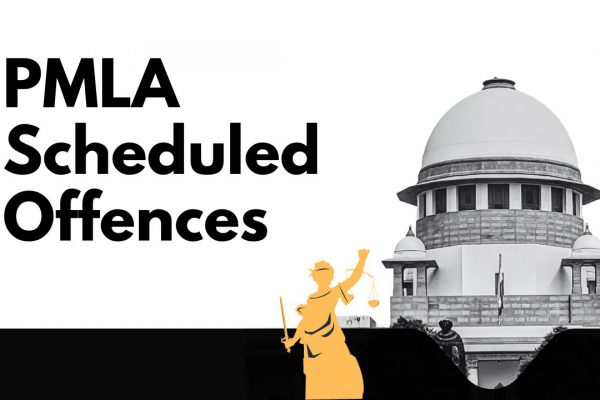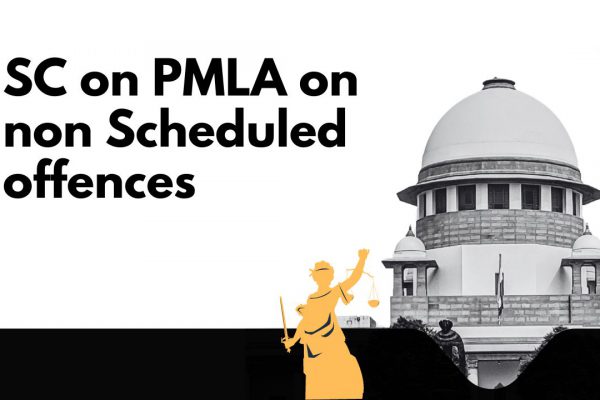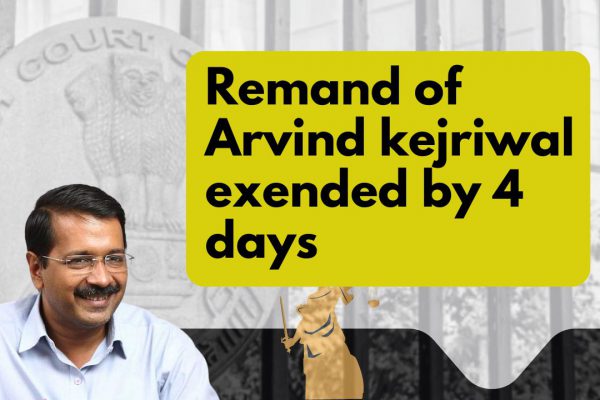Transition of credit on stock for manufacturers
Transition of credit on stock in GST for manufacturers
The big day for GST is very near and we have so many questions in our mind. In this particular article we will cover the provisions of section 140(3) of CGST Act. These provisions covers the transition of credit on stock. Basically an existing taxpayer will be eligible for following type of shifting of ITC into their CGST/SGST /UTGST accounts:
- Balance in their last return when they were eligible to take credit (Section 140(1) of CGST Act)
- The credit of eligible duties on their closing stock . It will be available when they were not taking credit of same but have the duty paid document. (Section 140(3) of CGST Act)
- The Credit of 40% of CGST paid at the time of sale of stock when duty paid document is not there. (Proviso to Section 140(3))
In this particular article we will discuss the second one of the above list. Input tax credit when it is not in returns. There are different reasons for input tax credit not reflecting in returns. In the cases where some kind of exemption or abatement is given the benefit of ITC is denied to the taxpayer. In that case they dont pay the duty on output and forgo the credit related to that output. Now when you will enter into the GST with that tax paid inputs and you are liable to pay tax on output. It will be a hardship if you are not allowed to take the input tax credit on these inputs. This section 140(3) cover this particular situation.
Who all are covered in section 140(3) of CGST Act:
It covers the cases where a person registered is
- Not registered (Because he was not required to take registration in current law due to threshold limit or any exemption)
- Engaged in manufacturing of exempted goods
Meaning of exempted goods in Excise:
Section 2(d) of CENVAT rules provide for the meaning of exempted. Accordingly we can divide it in four parts. All of the following will be the exempted goods:
- Goods chargeable at Nil rate of duty as per Tariff
2) Goods which are exempted by a notification under section 5A
3) Goods on which 2% excise duty is paid under notification 1/2011 CE (1-3-2011)
4) Goods on which 1% excise duty is paid under notification no. 1/2012 (17-3-2012)
e.g If the condensed milk is chargeable on 2% with non availability of ITC. Then whether the benefit of closing stock will be available in GST.
Yes because it is exempt in notification which is covered in the definition of exempted goods. Thus we can say that if goods are covered in any of above four they will be exempted goods for the purpose of section 140(3).
- Providing the exempted services
- Engaged in works contract services and was availing the 26/2012
- First stage dealer
- Second stage dealer
- Depot of a manufacturer
- registered importer
Then he will be covered under the provisions of this section.
What will be available for transition of credit on stock
If you are covered here you are eligible to take the credit of eligible duties on the following
-held in stock
-In semi finished goods
-Inputs in Finished goods
Thus the credit of taxes on inputs in all form of closing stock will be available.
Conditions to avail Transition of credit on stock
Following are the conditions to avail the benefit under section 140(3)
- Such inputs or goods are used or intended to be used for making taxable supplies under this Act
- The said registered person is eligible for input tax credit on such inputs under this Act;
- The said registered person is in possession of invoice or other prescribed documents evidencing payment of duty under the existing law in respect of such inputs;
- Such invoices or other prescribed documents were issued not earlier than twelve months immediately preceding the appointed day
- The supplier of services is not eligible for any abatement under this Act
Meaning of eligible duties for the purpose of section (3) of the CGST Act
Section 140 (10) provide for the meaning of eligible duties which will be available for transition. Following will be covered in eligible duties in this section.
(i) the additional duty of excise leviable under section 3 of the Additional Duties
of Excise (Goods of Special Importance) Act, 1957;
(ii) the additional duty leviable under sub-section (1) of section 3 of the Customs Tariff Act, 1975;
(iii) the additional duty leviable under sub-section (5) of section 3 of the Customs Tariff Act, 1975;
(iv) the additional duty of excise leviable under section 3 of the Additional Duties of Excise (Textile and Textile Articles) Act, 1978;
(v) the duty of excise specified in the First Schedule to the Central Excise Tariff Act, 1985;
(vi) the duty of excise specified in the Second Schedule to the Central Excise Tariff Act, 1985; and
(vii) the National Calamity Contingent Duty leviable under section 136 of the Finance Act, 2001
CVD and SAD is also covered here in this list. But service tax is not there so the benefit of service tax is not available.
Author can be reached at shaifaly.ca@gmail.com
If you already have a premium membership, Sign In.
 CA Shafaly Girdharwal
CA Shafaly Girdharwal
CA
New Delhi, India
CA Shaifaly Girdharwal is a GST consultant, Author, Trainer and a famous You tuber. She has taken many seminars on various topics of GST. She is Partner at Ashu Dalmia & Associates and heading the Indirect Tax department. She has authored a book on GST published by Taxmann.




